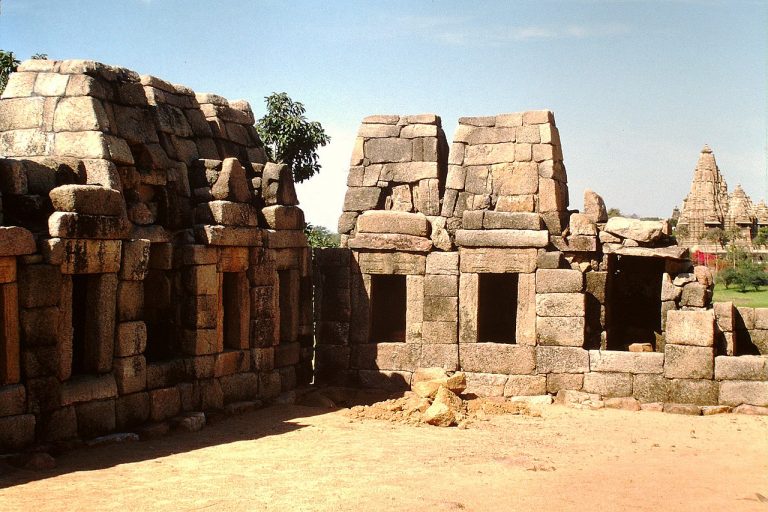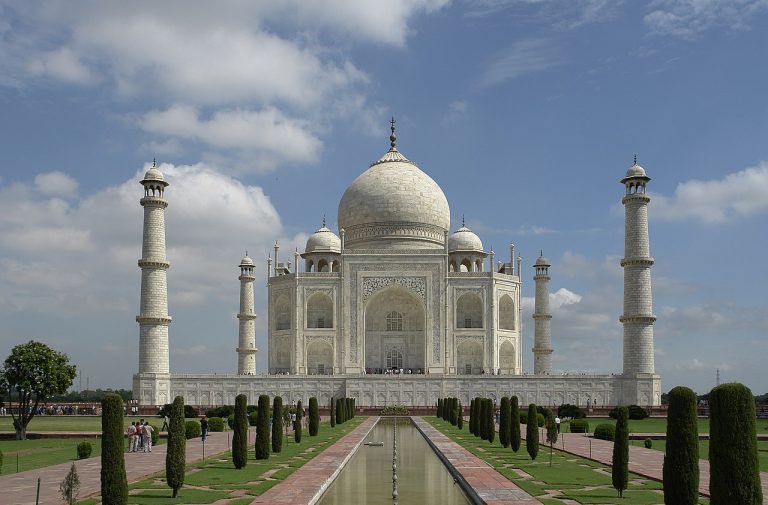Indian art is a profound reflection of the country’s diverse culture, heritage, and spiritual essence. Its influence on architecture in India is a story of artistic expression intertwined with history and tradition. In this article, we will explore the rich tapestry of Indian art and its transformative impact on the architecture of the subcontinent.

Source: © Arnold Betten / Wikimedia https://commons.wikimedia.org/w/index.php?curid=25359173

Source: © Yann Forget / Wikimedia https://commons.wikimedia.org/w/index.php?curid=11204972
A Glimpse into Indian Art:
Indian art has a history that spans over millennia, with its roots dating back to the Indus Valley Civilization. It encompasses a wide spectrum of artistic forms, including painting, sculpture, textiles, and more. Each region of India has its unique artistic traditions, but they all share a common thread of spirituality and symbolism.
Influences on Indian Architecture:
- Temple Architecture: Indian art has played a pivotal role in the design and ornamentation of temples. The intricate carvings and sculptures on temple walls, such as those in Khajuraho and Konark, are masterpieces of artistic expression.
- Mughal Architecture: The Mughal dynasty, known for its grandeur, blended Indian artistry with Persian influences. Iconic structures like the Taj Mahal showcase the fusion of intricate Mughal artwork and Indian architectural principles.
- South Indian Dravidian Style: Temples in the South Indian Dravidian style are known for their towering gopurams (gateway towers) adorned with vibrant sculptures and intricate details. The artistry in these temples is an integral part of their design.
- Rajput and Rajasthani Architecture: The palaces and forts of Rajasthan bear witness to the rich Rajput and Rajasthani artistic traditions. Their architecture is often adorned with colorful frescoes, intricate mirror work, and ornate designs.
- Indigenous Artistic Traditions: Various indigenous tribes across India have contributed to the country’s artistic heritage. Their unique artwork is often reflected in the design and decoration of tribal homes and community spaces.
Three Architectural Marvels Reflecting Indian Art:
- Taj Mahal: Undoubtedly one of the most iconic symbols of India, the Taj Mahal blends Mughal artistry with Indian architectural principles. Its white marble façade is adorned with intricate floral motifs, calligraphy, and delicate inlay work.
- Khajuraho Temples: These temples in Madhya Pradesh are renowned for their explicit sculptures that depict various aspects of life and culture in medieval India. The artistry on the temple walls is a testament to India’s rich artistic heritage.
- Brihadeshwara Temple: Located in Thanjavur, Tamil Nadu, this temple is a masterpiece of South Indian Dravidian architecture. Its monumental gopuram and intricate sculptures showcase the artistic prowess of the region.
Indian art has left an indelible mark on the architectural landscape of the country. Its influence is not merely decorative but deeply rooted in the spiritual, cultural, and historical fabric of India. The fusion of artistic expression with architectural innovation has given birth to some of the world’s most celebrated structures. As we marvel at the intricate carvings, vibrant paintings, and timeless sculptures, we are reminded of the enduring legacy of Indian art, which continues to inspire and enchant architects, artists, and admirers around the globe.

